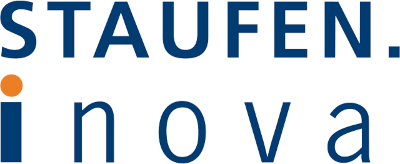
Dusted off – BMW
Interview with Barbara Schweikert
Barbara Schweickert is not afraid of a challenge. Not even when it comes to leading an area with 230 employees and a rigid hierarchical organization into the new, agile world of working. “Without the active support of my boss, it would not have worked,” says Schweickert. At BMW, she initiated a transformation project in early 2018. Already after just one year, much has changed in the areas of operational stability, corrosion resistance, product sustainability and materials in the entire vehicle.

What moved you to set the course towards agility in your area at BMW AG?
The work in our area essentially encompasses very hardware intensive, traditional mechanical engineering. This does not immediately scream for agile methods. Our customers are in-house, since we integrate components that are developed in other areas for vehicles. Accordingly, we also have to cope with the same challenges as mechanical engineers. At the company, we gave off the impression of being a very old, outdated and hierarchical division. We wanted to change this.
What measures have you taken to change that?
Our goal is not only to work more efficiently and cost-effectively, but also to create free space, giving employees time to innovate. We want to establish a different and better culture in our area. To do so, we initiated a classic Lean project together with Staufen AG as the first step, which included Shop Floor Management. At the same time, we addressed the subject of agility. We want to change the mindset and attitude of employees and executives. Our aim is to move away from a traditional matrix hierarchy and towards an agile circle model. We want to place a much greater focus on bottom-up, self-initiated and interdisciplinary work.
The project has now been running for about 12 months. What have you achieved so far?
We first trained the executives and then began working with the employees. Numerous trainings and workshops take place to get the entire workforce involved. This type of transformation is not easy if you have always worked in hierarchical organizations. It initially leads to insecurity, fears and also a feeling of being alone and overloaded. We are currently in the middle of the change process, but the hard facts have already greatly changed: we save on budgets, work more efficiently and deliver much more punctually. At the same time, we sense that a cultural change is gaining momentum.
In short: What are the factors of success for this type of project?
Executives must stand behind it, otherwise there is no need to start such a transformation. External support is also important. You cannot do it on your own.


